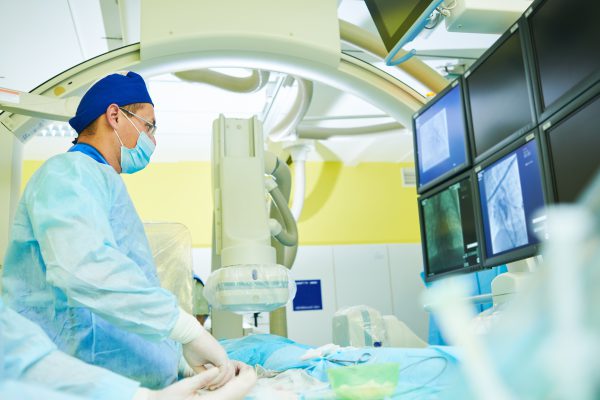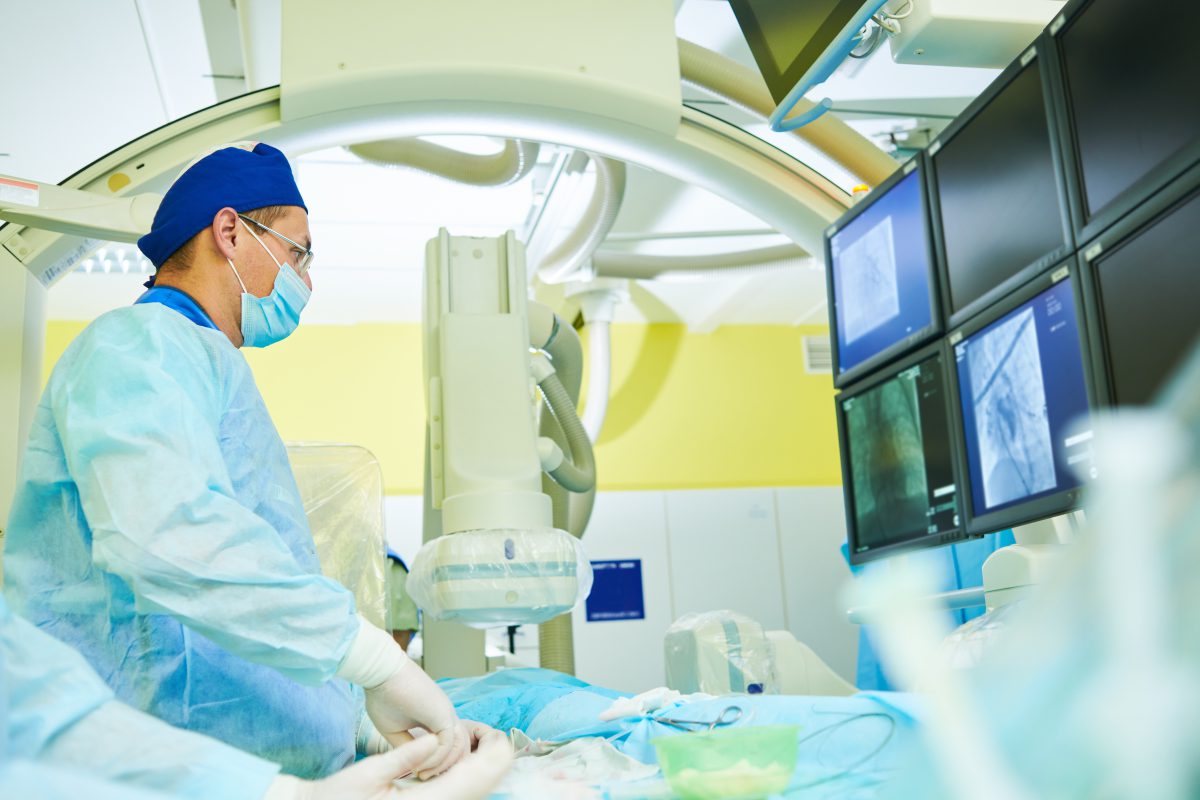
Fluoroscopic imaging, an essential tool in modern medical diagnostics and treatments, is seeing groundbreaking advancements that enhance both precision and safety. Known for providing real-time X-ray images, fluoroscopic technology offers a live view of internal bodily structures, making it indispensable across various medical fields. In this updated look at fluoroscopic imaging, we explore its vital applications and the latest technological breakthroughs, underscoring how these developments are transforming patient care in the digital age.
Essential Applications of Fluoroscopic Imaging in Medicine
1. Advanced Diagnostic Capabilities in Interventional Radiology: Fluoroscopy’s role in guiding instruments like catheters in the body is unparalleled, facilitating procedures such as angioplasty and stenting with remarkable accuracy.
2. Precision in Orthopedic Surgeries: The technology’s ability to provide real-time imaging ensures the precise placement of implants in joint replacements and supports intricate surgical processes in orthopedic
3. Breakthroughs in Gastrointestinal Diagnostics: Fluoroscopic imaging is pivotal in conducting barium studies and other gastrointestinal examinations, offering unmatched insights into the GI tract’s functionality.
4. Innovations in Cardiac Care: Cardiology benefits immensely from fluoroscopic imaging, especially in executing complex procedures like cardiac catheterization, enhancing the treatment of cardiovascular diseases.
5. Enhanced Imaging for Urology and Nephrology: The technology’s application in examining the urinary system underscores its importance in treating conditions related to the kidneys, bladder, and urethra.
Cutting-Edge Advances in Fluoroscopic Imaging Technology
Optimizing Image Quality While Reducing Radiation Exposure: Modern fluoroscopic systems incorporate digital flat-panel detectors and advanced software algorithms to provide superior image quality at significantly lower radiation doses.
The Emergence of 3D Fluoroscopy:
The integration of 3D imaging capabilities into fluoroscopic systems represents a significant leap forward, offering detailed views that aid in surgical planning and execution.
Robot-Assisted Fluoroscopic Procedures:
The adoption of robotic technologies in fluoroscopy enhances procedural precision and consistency, showcasing the potential for automation in medical imaging.
The Role of AI and Machine Learning:
Artificial intelligence and machine learning are set to transform fluoroscopic imaging, with algorithms that support real-time image analysis and decision-making during medical procedures.
Prioritizing Safety with Advanced Features:
The latest fluoroscopic equipment is designed with safety in mind, featuring automatic exposure control and personalized radiation management protocols to protect patients and healthcare providers.
As fluoroscopic imaging technology continues to evolve, its contributions to medical diagnostics and patient care become increasingly significant. The integration of AI, advancements in 3D imaging, and the emphasis on reducing radiation exposure are just a few examples of how this field is changing. With each technological breakthrough, fluoroscopic imaging is set to play an even more critical role in the future of healthcare, promising improved outcomes and safer, more efficient patient care.

